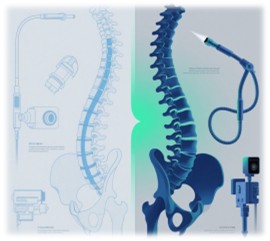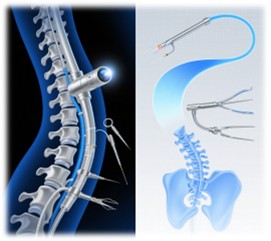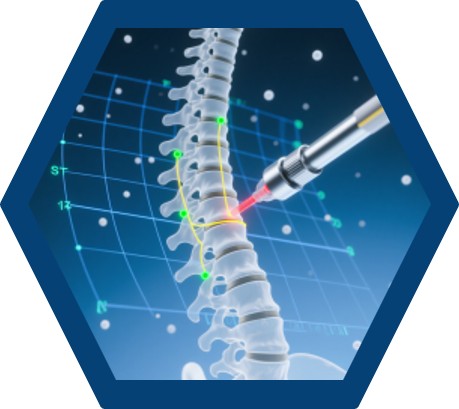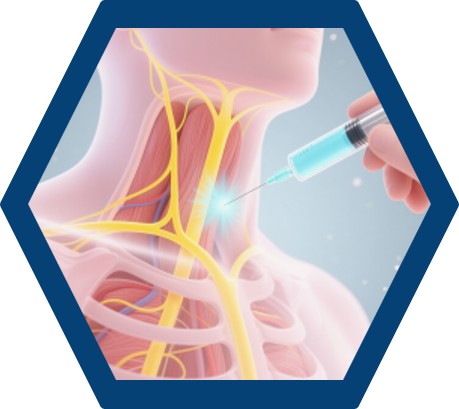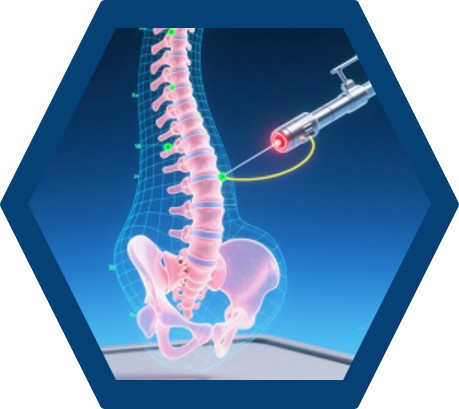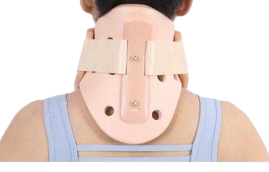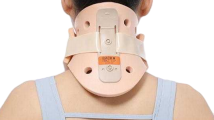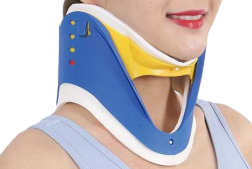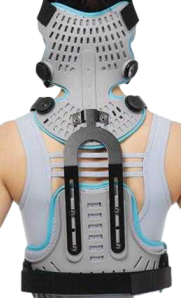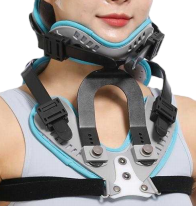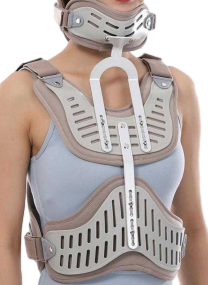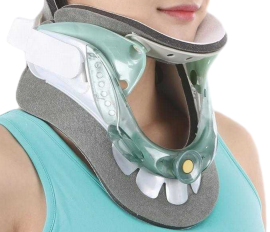Cervical endoscopic spine surgery has emerged as a transformative field within neurosurgery and orthopedics, offering minimally invasive solutions for a range of cervical spine pathologies. This article delves into the evolution of these techniques, their current applications, and the promising future directions that could redefine spinal care.
Introduction to Cervical Endoscopic Spine Surgery
Cervical spine disorders, including cervical spondylosis, radiculopathy, and myelopathy, are prevalent conditions that can significantly impair quality of life. Traditional surgical interventions, such as anterior cervical discectomy and fusion (ACDF), have long been the standard of care. However, these procedures often involve extensive tissue dissection, leading to increased postoperative pain and prolonged recovery times. The advent of cervical endoscopic spine surgery has introduced a minimally invasive alternative that minimizes tissue damage and accelerates patient recovery.
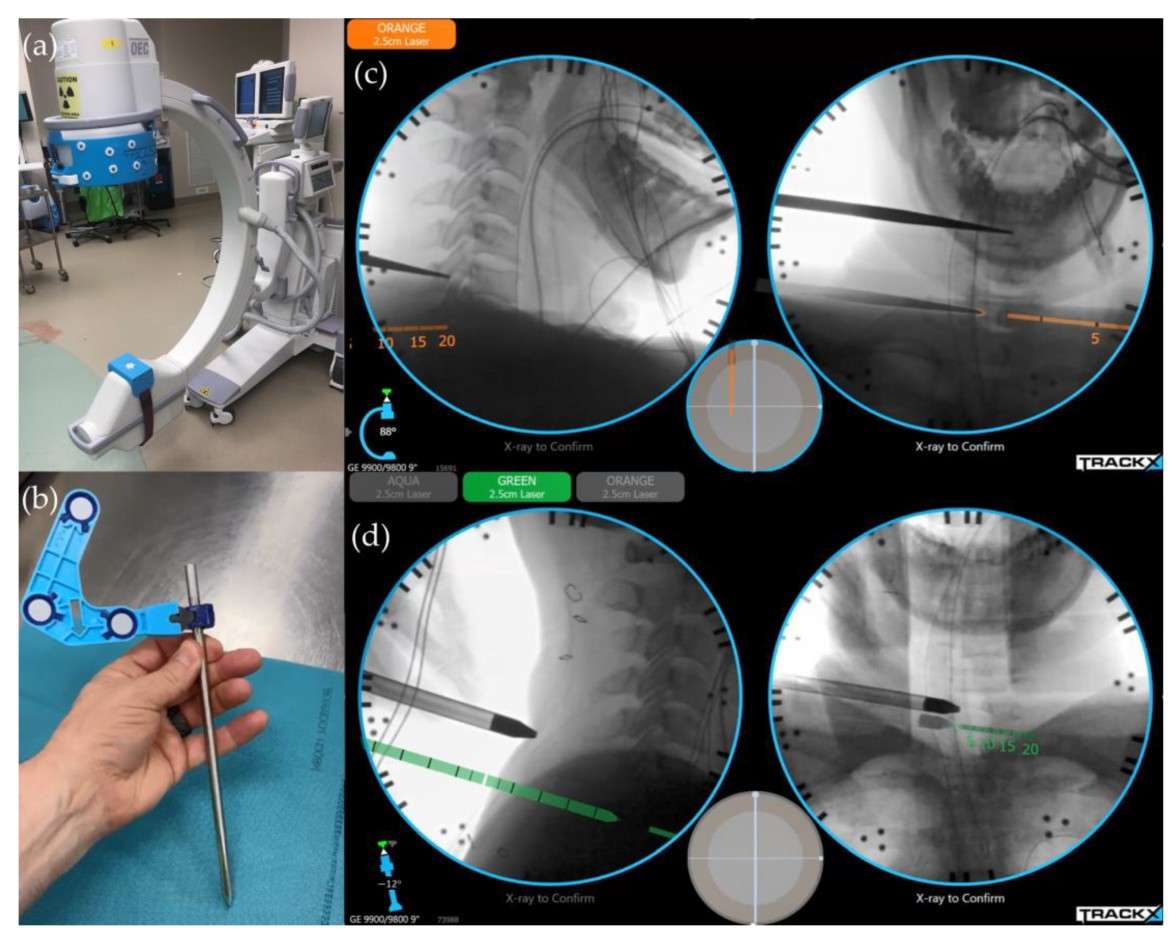 Fig.1 The setup and operation of a real-time surgical instrument tracking system. (Huang C. C., et al., 2024)
Fig.1 The setup and operation of a real-time surgical instrument tracking system. (Huang C. C., et al., 2024)
Historical Context and Evolution
Early Beginnings and Milestones
The journey of cervical endoscopic spine surgery began with foundational advancements in endoscopic techniques for lumbar spine surgeries. Innovations such as the Yeung Endoscopic Spine System (YESS) technique for percutaneous lumbar discectomy in 2003 and the endoscopic interlaminar approach in 2006 laid the groundwork for similar applications in the cervical spine. These early successes demonstrated the potential for endoscopic procedures to achieve comparable clinical outcomes with reduced invasiveness.
Transition to Cervical Applications
As lumbar endoscopic techniques matured, surgeons extended their applications to the cervical spine. Both anterior and posterior endoscopic approaches were developed, each tailored to address specific cervical pathologies. For instance, posterior endoscopic cervical foraminotomy/discectomy (PECF/PECD) has become a popular technique for treating cervical radiculopathy, offering significant improvements in pain relief and functional outcomes compared to traditional open surgeries.
Classification and Techniques
Full-Endoscopic Procedures
Full-endoscopic procedures utilize an endoscope with an integrated working channel, allowing direct access to the surgical site. This minimizes tissue disruption and reduces postoperative complications. Techniques such as anterior endoscopic cervical discectomy (AECD) and cervical endoscopic unilateral laminotomy for bilateral decompression (CE-ULBD) exemplify the precision and efficacy of full-endoscopic approaches.
Endoscope-Assisted Surgery
Endoscope-assisted surgery involves separate trajectories for surgical tools and the endoscope. This category includes microendoscopic procedures and biportal endoscopic surgery, which use separate viewing and working portals. These techniques offer enhanced visualization and control, further expanding the scope of minimally invasive spinal surgeries.
Clinical Outcomes and Efficacy
- Posterior Endoscopic Cervical Foraminotomy/Discectomy (PECF/PECD)
PECF/PECD has garnered significant attention for its effectiveness in treating cervical radiculopathy. Studies have shown that this technique results in significant improvements in visual analog scale (VAS) scores for arm pain, with comparable outcomes to traditional ACDF. Additionally, PECF/PECD is associated with shorter operation times, reduced hospital stays, and lower complication rates.
- Anterior Endoscopic Cervical Discectomy (AECD)
AECD offers a minimally invasive alternative for treating cervical disc herniation. This technique preserves the motion segment, reducing the risk of adjacent segment degeneration seen in fusion procedures. Clinical studies have demonstrated significant improvements in pain scores and functional outcomes, with long-term follow-up showing sustained benefits.
- Cervical Endoscopic Unilateral Laminotomy for Bilateral Decompression (CE-ULBD)
CE-ULBD has proven effective in treating cervical spondylotic myelopathy. This technique minimizes soft tissue damage and enhances postoperative recovery while providing effective decompression. Comparative studies have shown that CE-ULBD results in shorter hospital stays and comparable clinical outcomes to traditional anterior cervical decompression and fusion (ACDF).
Technological Advancements and Innovations
Image-Guided Navigation Systems
The integration of CT-guided navigation systems into endoscopic spine surgery has significantly enhanced procedural accuracy and reduced radiation exposure. These systems provide real-time guidance, helping surgeons navigate the surgical field more effectively. However, careful calibration and proper use are essential to maximize benefits and minimize risks.
Regional Anesthesia Techniques
Regional anesthesia techniques, such as the erector spinae block (ESP), have revolutionized pain management in spine surgeries. These techniques offer effective intraoperative and postoperative analgesia, reducing opioid consumption and improving recovery times. ESP has been successfully applied in cervical spine surgeries, providing significant pain relief with minimal complications.
Augmented Reality (AR) Technology
Augmented reality technology overlays virtual information onto the real surgical field, providing surgeons with enhanced visualization and orientation. AR can improve the precision of surgical maneuvers, reduce the learning curve, and enhance the safety and efficiency of endoscopic spine surgery. Recent studies have demonstrated the feasibility and benefits of AR in various spinal procedures.
Future Directions and Challenges
- Minimally Invasive Posterior Cervical Decompression and Fusion
The combination of minimally invasive cervical spine instrumentation with endoscopic decompression procedures holds promise for expanding the indications for cervical endoscopic surgery. Techniques such as percutaneous posterior cervical pedicle screw instrumentation and endoscopic unilateral laminotomy for bilateral decompression can reduce the invasiveness of traditional open approaches.
- Endoscopic Odontoidectomy and Atlantoaxial Fusion
Endoscopic endonasal odontoidectomy (EEO) offers a less invasive alternative to traditional transoral approaches for craniovertebral junction pathologies. This technique preserves the C1 arch, reducing the risk of atlantoaxial instability and eliminating the need for posterior fixation. Advances in endoscopic-assisted techniques for atlantoaxial fusion further enhance the safety and efficacy of these procedures.
- Patient-Specific Surgical Planning
High-resolution MRI and intraoperative navigation systems enable precise preoperative planning and targeting of pathologies. Integrating these technologies ensures safer and more successful surgeries, capitalizing on the minimally invasive nature of endoscopic procedures. Patient-specific surgical planning is pivotal in ensuring optimal outcomes.
- Addressing Challenges
Despite its advantages, cervical endoscopic spine surgery faces several challenges, including a steep learning curve, increased radiation exposure, and limitations in addressing multi-level pathologies. Comprehensive training programs, protective measures, and innovative solutions are essential to overcome these challenges and realize the full potential of endoscopic spine surgery.
Conclusion
Cervical endoscopic spine surgery represents a significant advancement in the treatment of cervical spine disorders. The evolution of minimally invasive techniques, supported by technological innovations such as image-guided navigation and augmented reality, has expanded the scope of effective treatments while minimizing patient trauma. As these advancements continue, cervical endoscopic spine surgery is poised to become an even more accessible and beneficial option for patients, offering faster recoveries and improved quality of life. The future of cervical endoscopic spine surgery is bright, with ongoing research and development promising further enhancements in clinical outcomes and safety.
If you have related needs, please feel free to
contact us for more information or product support.
Reference
- Huang, Chuan-Ching, et al. "Evolution of Cervical Endoscopic Spine Surgery: Current Progress and Future Directions—A Narrative Review." Journal of clinical medicine 13.7 (2024): 2122.
These products and services are for research use only and cannot be used for any clinical purposes!



 Fig.1 The setup and operation of a real-time surgical instrument tracking system. (Huang C. C., et al., 2024)
Fig.1 The setup and operation of a real-time surgical instrument tracking system. (Huang C. C., et al., 2024) 